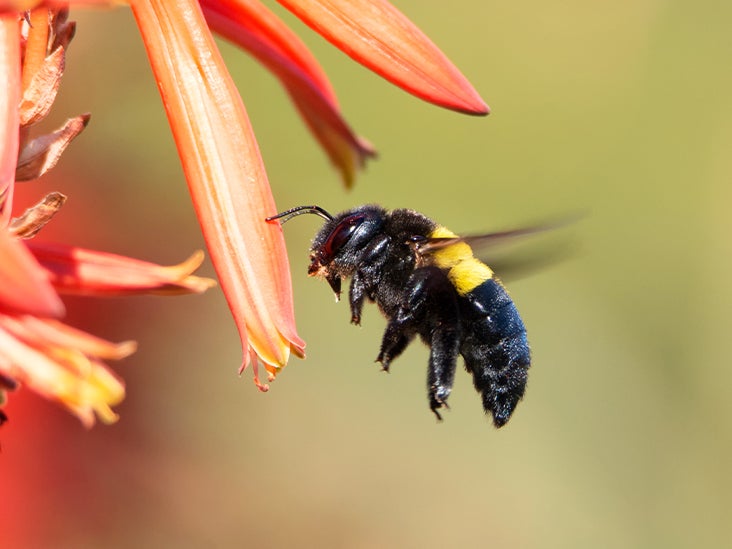

We already mentioned that certain bees use their mandibles to bite into wood or leaves for nesting. ( 2)īees bite for more than just self-defense. ( 1)įor instance, this allows honeybees to bite, paralyze, and remove wax moths trying to harm their hive. This chemical temporarily paralyzes the victim so the honeybee can remove it from the hive. Scientists have discovered that honeybee bites release a chemical called 2-Heptanone. This biting behavior is known as grooming, and it’s a crucial defense against varroa mites. Honeybees have been known to bite, claw, and scrape varroa mites off their bodies. They look like tiny ticks that weaken and kill honeybees by feeding off their bodies. In fact, biting is a common form of defense bees use against other insects.įor example, varroa mites are one of the most destructive pests of managed honeybee colonies. After all, why wouldn’t they just use their stingers?įor one, we have to understand that biting is natural for bees. That said, it’s a bit strange to consider that bees bite. However, it’s safe to assume the bee is acting in self-defense. It’s hard to know what’s going through a bee’s head while it bites a human. Now that brings us to our next question… Why Do Bees Bite? As such, a bite from a male honeybee wouldn’t feel like much. This is why we see some bee species with simple mandibles with few teeth, whereas others have many teeth that are pointy and jagged.įor example, drone honeybees (males) have small mandibles compared to their female counterparts. Instead, they’re narrow, sharp points that are just extensions of the mandibles.Īs mentioned, some bees have mandibles used for drilling into wood. On the end of these mandibles, bees have jagged “teeth.” These teeth aren’t like human teeth. There are more than 20,000 bee species worldwide, and they can all bite if needed. Still, a bite from a carpenter bee or leafcutter bee is not as intense as a sting.Īll of them. Similar to carpenter bees, a bite from a leafcutter bee would pack more of a punch. In turn, they use these leaves to form their nests. Leafcutter bees have heavy-duty mandibles used to cut leaves. It may even leave a tiny, red welt behind. Thanks to her jaw size and strength, a bite from a female carpenter bee would be more painful than a bite from a honeybee. They create perfectly round, half-inch holes that run about six inches deep. With that said, there are some exceptions to this.įemale carpenter bees have large, strong mandibles used for drilling into wood to build their nests. They’re easy to dismiss because they’re mild and don’t leave marks. That said, I’m willing to bet that many experienced beekeepers have been bitten by a honeybee without even knowing. 03 What’s the Difference Between a Bee Bite and Sting? Can Bees Bite Humans?īee can use their mandibles (jaws) to bite humans.


 0 kommentar(er)
0 kommentar(er)
